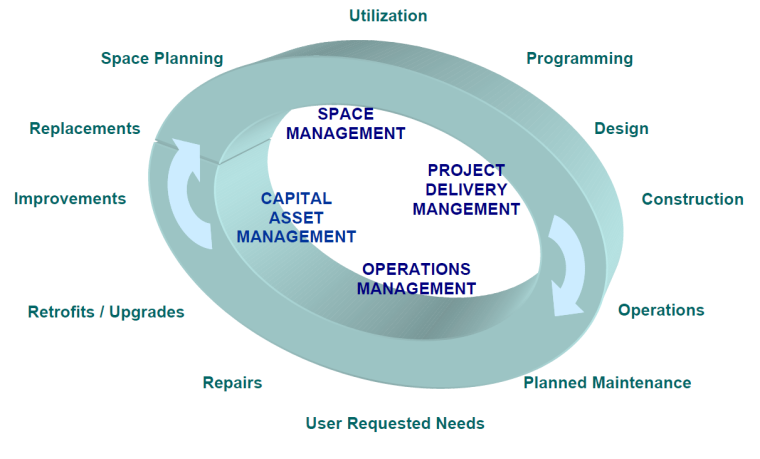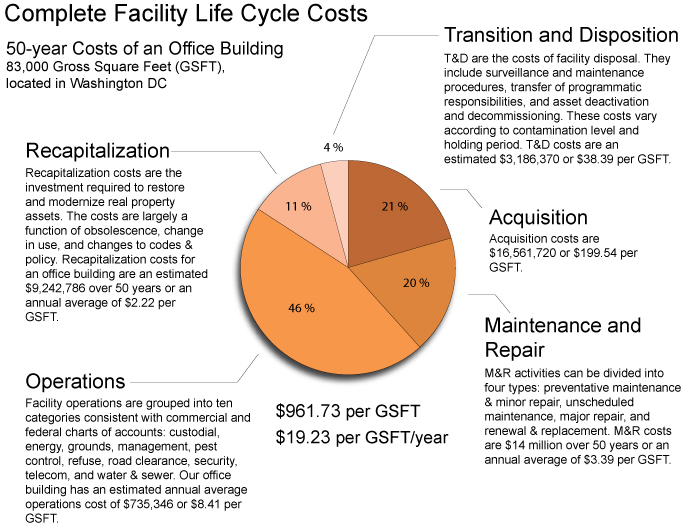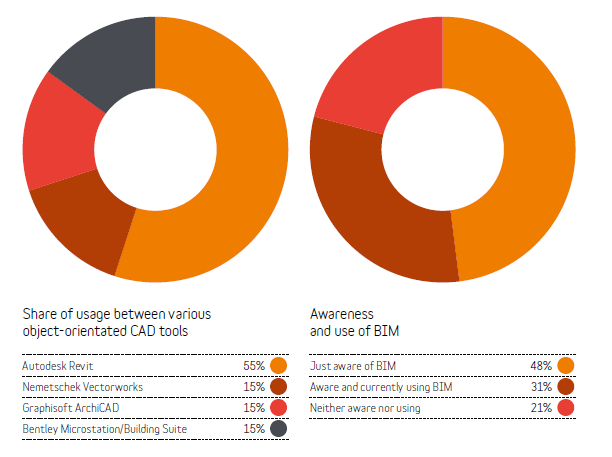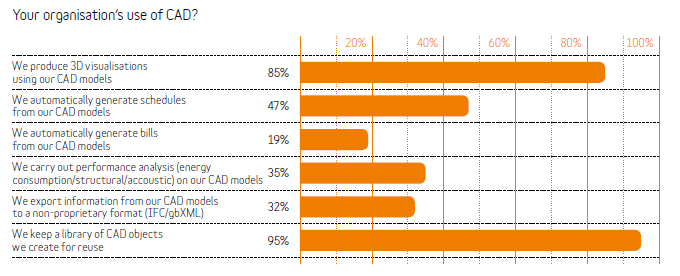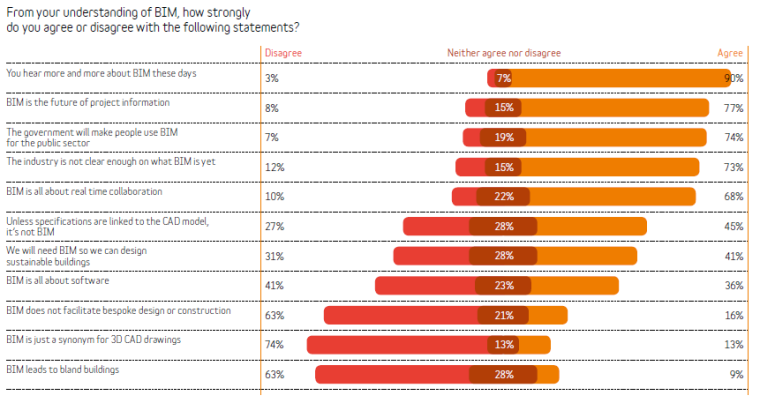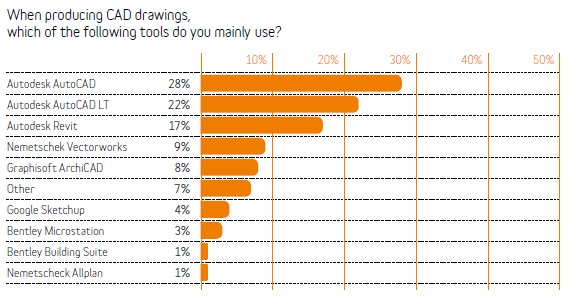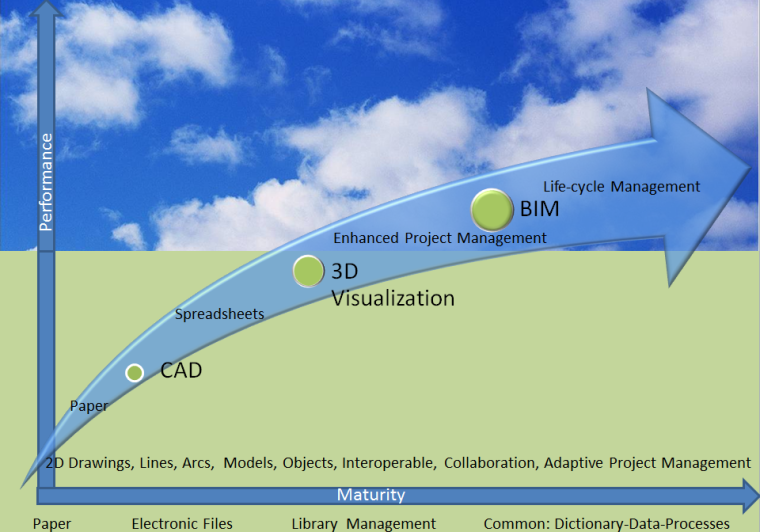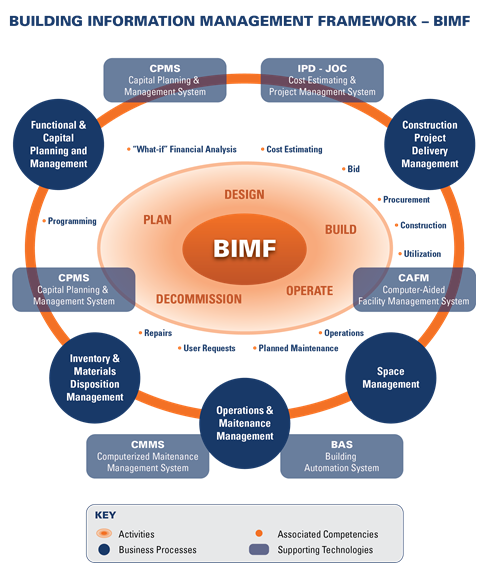Asset Competency Model & Efficient Facility Management #101
Until Owners understand and are capable of organizational wide deployment of ASSET COMPETENCY MODELS, productivity across the AEC and Facility Management sector will remain poor.
What is an ASSET COMPETENCY MODEL? An asset competency model is a formalized, detailed description and documentation of the role-specific knowledge domains required to optimize and continuously improve physical infrastructure life-cycle management. It includes people, processes, and technologies, throughout all phases from conceptualization/planning, construction project delivery, renovation/repair/maintenance, to deconstruction/recycling.
There are three (3) core goals of an ASSET COMPETENCY MODEL:
- Driving Positive OUTCOMES
- Developing and Managing PEOPLE
- Building RELATIONSHIPS
You will note that TECHNOLOGY is not a core goal. Technology is an enabler and used to support established processes and workflows. Technology is certainly an important consideration, but nonetheless a secondary consideration. A primary focus upon technology will generally not provide positive outcomes.
Driving Positive OUTCOMES
Critical thinking and problem solving, information-driven decision making, planning and consistent execution, and continuous learning are all prerequisites to achieving a higher percentage of positive outcomes. LEAN best management practices are applicable in achievement of this and all primary goals.
Developing and Managing PEOPLE
Team leadership, without excessive management and control is the primary mission of any real property owner. Real property owners are ultimately the stewards of the build environment, and therefore must be capable of leadership. Historically, lack of owner leadership has likely been the major causal factor for low productivity throughout the AEC and Facilities Management sectors. Owners must set the tone, provide direction, and develop talent. They must COLLABORATE with the building users, services providers (ie. architects, engineers, contractors, building product manufacturers…). They must develop and operate within an atmosphere of mutual trust and respect, as well as full transparency. That said, “trust but measure” is an operational element, not to be forgotten. Key performance metrics (KPIs) must be developed and continuously monitored. Accurate and timely information is needed in order to drive continuous improvement.
Building RELATIONSHIPS
Stakeholder development and management is an equally important area. Stakeholder includes senior management and oversight groups, and the ability to communicate the importance of physical infrastructure stewardship in order to obtain proper resources. This is also an area where many facility management professionals have traditionally fallen short. Communicating the positive and negative ramifications of proper and improperly resource physical infrastructure to funding authorities… in a simple language that they understand… is the primary responsibility of any facility management professional. Every other activity, action, and result is dependent upon having the appropriate resource to execute upon any facility / infrastructure management strategy. Internal and external relationships are also developed through the employment LEAN management practices. Focus should also be upon best value procurement, mutual trust/respect, shared risk/reward, full transparency and mandated collaboration, ongoing training and education, continuous improvement, and monitoring of key performance indicators, KPIs.
The Responsibility of Real Property Owners
Driving positive outcomes is responsibility of any real property owner. It means Owners must take responsibility for behavior, mistakes, and results. Also, owners must learns from successes and failures, and teach other collaborative service partners to do the same.
Information-based decision making and associated improvements are only possible if owners collect current and accurate STANDARDIZED data, using common terms, definitions, and information architectures (UNIFORMAT, MASTERFORMAT, OMNICLASS, IFC…). Owner must use timely information to accurately assess areas for improvement and encourage service partners also do so.
Owners must engage in calculated risk taking and encourage other to do the same. This includes valuing and encouraging creative and innovative ideas from any source, but especially their service providers.
Owner must continuously and proactively seek opportunities for personal and organizational improvement. They must rely upon and accept the EXPERTISE and COMPETENCIES of their service providers.
Finally, all of the above requires that owners not only participate in but encourage and MANDATE TRANSPARENCY and SHARING. Owner have the ultimate responsibility for promoting and contributing to a culture of sharing effective practices within their organization and across their business partner network. While not all services providers may not be up to task of engaging in collaborative LEAN business practices, is up to Owners to select and support their teams appropriately.
Lastly, the best way for Owners to learn about and to begin to apply ASSET COMPETENCY MODELS is to adopt collaborative construction delivery methods such as INTEGRATED PROJECT DELIVERY (IPD) (for major new construction) and JOB ORDER CONTRACTING (JOC) (for renovation, repair, and maintenance. Both IPD and JOC embed and leverage LEAN best management practices and are proven to increase the percentage of quality on-time and on-budget construction projects, thereby improving an Owner’s ability to become more efficient in infrastructure life-cycle and total-cost-of-ownership management.

